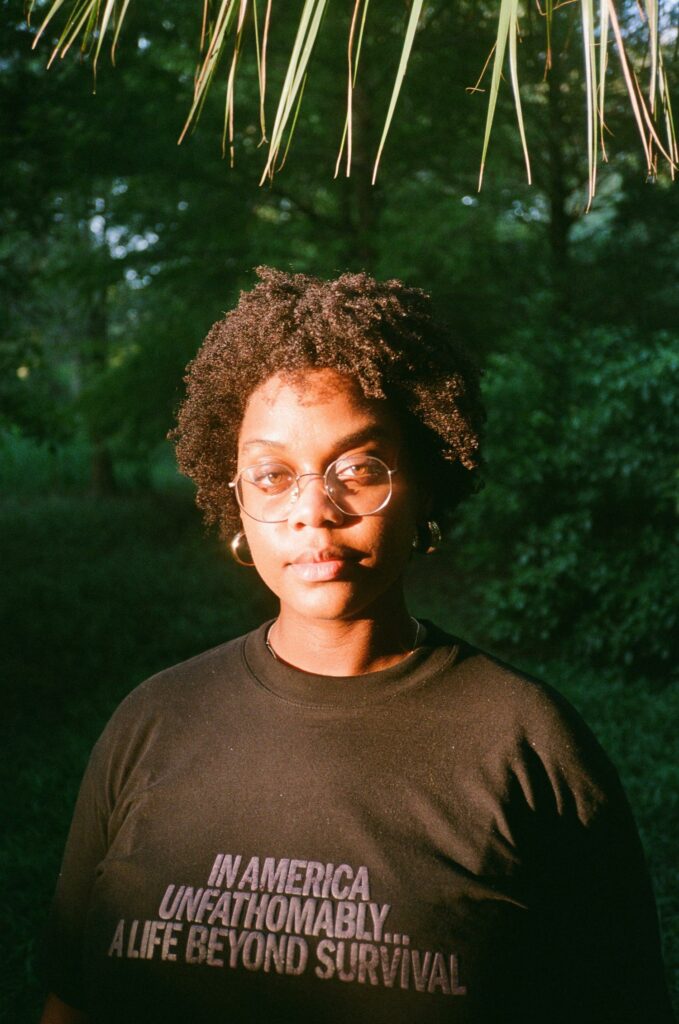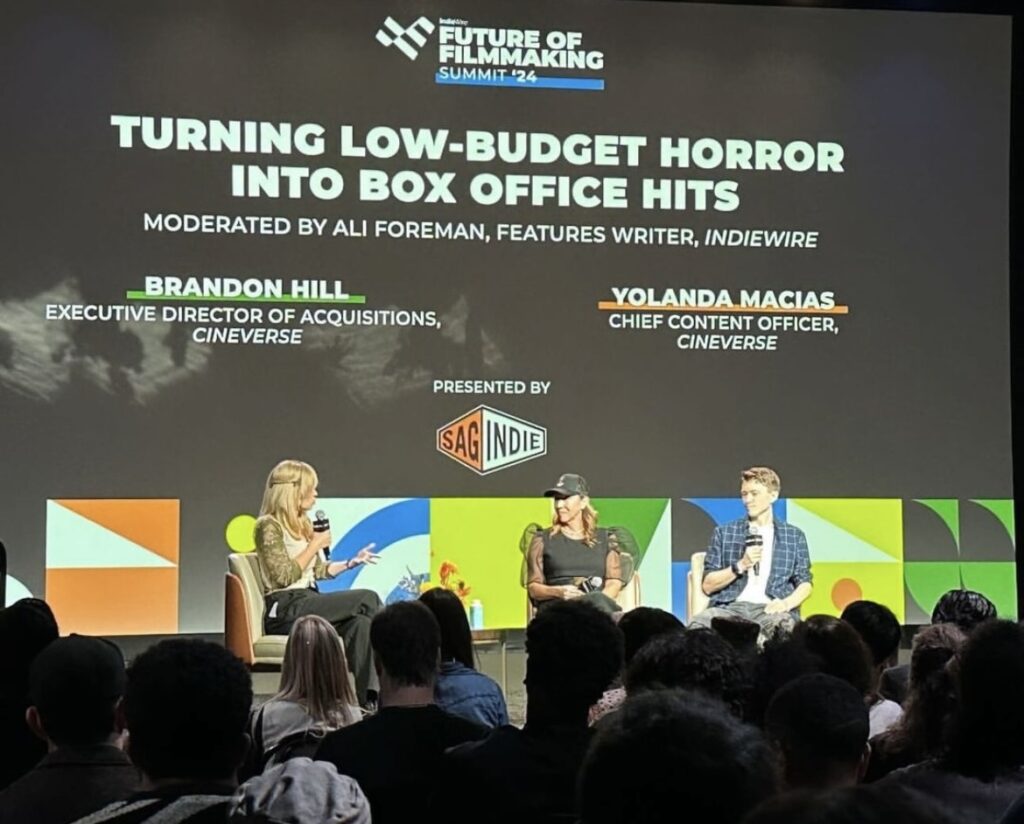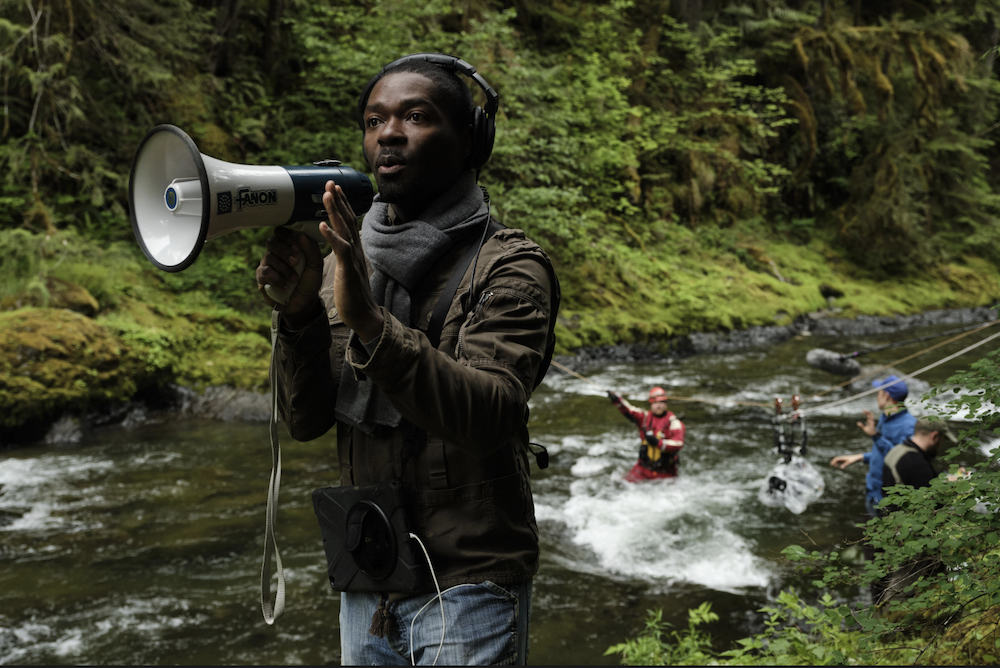Miami-born-and-raised filmmaker MONICA SORELLE has long taken inspiration from her hometown culture and traditions. Her artistic achievements include photo and video exhibitions at Art and Culture Center/Hollywood and Oolite Arts; fellowships with Pérez Art Museum Miami and South Florida Cultural Consortium; and producing the short films T (Golden Bear Award-winner at the 2020 Berlinale International Film Festival) and You Can Always Come Home (Best Short Film winner at the 2022 Miami Film Festival). Sorelle eventually took the demographic changes happening around her and channeled them into what would become her first film as a director, the feature-length family drama MOUNTAINS.
Co-written with writer/producer Robert Colom and filmed on location in Miami’s Little Haiti, Mountains chronicles the trials of a Haitian-American family — husband and wife Xavier and Esperance (Atibon Nazaire, Sheila Anozier) and their son Junior (Chris Renois) — fighting for their version of the American Dream within their rapidly-gentrifying neighborhood. After touring Mountains at prestigious film festivals including Tribeca, Toronto International, BlackStar, Mill Valley, and AFI Fest (as a SAGindie-sponsored title), Sorelle went on to win the Someone to Watch Award at the 2024 Film Independent Spirit Awards.
Following its theatrical premiere in Florida on August 16, Mountains will roll out into wider cities starting on August 23, courtesy of Music Box Films. We spoke with the film’s co-writer and director Monica Sorelle about spotlighting her hometown and getting this award-winning feature debut to the screen.
——
COLIN McCORMACK: Inspiration can strike anywhere and, from what I understand, the inspiration for Mountains started with you seeing a construction site and the men working there?
MONICA SORELLE: Yeah. Robert, the co-writer and producer of the film, and I were walking to lunch from our office at O Cinema — which is, by the way, demolished and now a high-rise — in the fall of 2018. This was in the neighborhood of Wynwood, an arts district in Miami; a former working-class warehouse and garment district, Puerto Rican suburb. At this point in time, houses were getting demolished every day. Families were getting displaced and their houses were leveled into parking lots that would eventually turn into high-rises. We were witnessing this constantly. As we turned the corner, we saw this demolition worker end his shift, say goodbye to his co-workers, and cross this busy street into this still Puerto Rican stronghold. The thought crossed my mind, Wouldn’t it be so crazy if he lives a few blocks away from these work sites and is a part of the redevelopment and gentrification of his own neighborhood? What happens when you are both victim and perpetrator of your housing circumstances?
At the time, there was a call for micro-budget features in Miami. Robert and I had worked on a few award-winning shorts, but we didn’t feel ready for that kind of responsibility so we weren’t taking it seriously. We would spout out funny plot lines to each other, but when I saw that man cross the street and thought of him potentially living so close to his work site, I shared it with Robert as a joke, initially. But he didn’t take it as such. He decided that we have to pull some all-nighters and apply for this grant. We got it in 2018, wrote the film in 2019, and were able to shoot it after the pandemic died down a bit in 2022.
CM: How did you and Robert first connect as collaborators?
MS: We met on the set of Moonlight. I was working as a background casting coordinator and he was a PA. And besides him and I, there were a few other local filmmakers working below-the-line jobs on that set. It was the first big production we had ever had access to. After being on set and experiencing that and then watching the trajectory of Moonlight afterward, it said to us that we can stay here in Miami and make films about our communities and our culture and it will grow wings and reach spaces outside of just the local community. I think that’s when the two of us decided to continue to tell Miami stories and we’re really dedicated to staying here and doing that.
CM: Working in Miami for so long, as you were gearing up for your first feature were you tapping into a lot of existing relationships and resources or was there a lot of new territory involved due to the fact of it being a feature this time?
MS: Yes, but not the typical film resources we had access to. This is very much a community film and it’s also a micro-budget film. We were really focused on making sure the community approved of it and felt included in it. Everything from allowing us to shoot in their houses to appearing on screen, those are a lot of the networks that we tapped into. We also had the chance to go to The Gotham Project Market twice. Through that, we were able to tap into a lot of new networks that helped make this happen, like Marissa Frobes at CAA; Rhianon [Jones] and Tristan [Scott-Behrends] at Neon Heart Productions, who really brought this to life and championed it; Fusion [Entertainment] has been great also. We got a lot of outside help to make this happen, but we primarily focused on our friends in our community to get it to the finish line.
CM: And what was that initial local grant that jump-started you guys?
MS: It was a $50,000 micro-budget grant from Oolite Arts.
CM: How did the casting process come about in finding your leads?
MS: We knew it would be difficult because our two leads were middle-class Creole-speaking Haitian actors, so we knew that it wouldn’t work to have an open call. Instead, we had our intern scrub through any Haitian content, film, and TV show that she could and provide reels for us. Atibon appeared to us by accident. We were watching this Haitian rom-com for the leads, but he had a small role and was magnetic. He is such a presence in his voice and cadence and he was cool. It just stopped us in our tracks. Luckily, after doing some digging, I realized he was friends with another Haitian director who was in town that day for Miami Film Festival. So, we cornered her at a party and got his contact information. He had been working in the industry for quite some time, he’s had a lot of small roles in indies such as Mother of George, but he never had a lead role in his life. I am super happy we found each other because it led to his first significant nomination at the Independent Spirit Awards for Breakthrough Actor.
The other two leads are non-actors. Sheila, who plays Esperance, is a dancer/singer/artist and I saw her in a concert play. She came out and danced and she was perfect. It’s like she walked out of my script and onto the stage. But it was her first on-screen acting role. For Chris, who plays Junior, I knew I always wanted a Haitian-American comedian. I accidentally found him on TikTok. He is one of the funniest comedians I’ve seen in Miami but also had never acted before. But he took the role incredibly seriously and put so much of himself in it. I’m really happy that this was their first experience working on a set.
CM: For you as a director, how did you prepare yourself to work with actors of varying on-screen experience and navigate their own processes as well as develop your own?
MS: It was so difficult. I hadn’t directed in quite some time, I was working primarily as a producer. And I thought the transition would be a bit simpler than it was because I’m a very hands-on creative producer and I’m there from casting to editing. But it was a challenge for me to figure out how to be assertive and sure. The best way that I knew how to do it was to have this become a collaboration. Robert and I wrote the script to only be a little less than 50 pages because we wanted to leave a lot of room to work with the actors to flesh out their voices and what they felt their characters would say. I’m happy that I had a week of rehearsals with Atibon, Sheila, and Chris. We were able to get to know one another, bond together, flesh out scenes, and share ideas of how things could change or feel more natural or true to their characters or themselves. I know that some directors are a bit more rigid in their process when it comes to what’s on the page to what’s on the screen, but I decided for our budget level, for my experience, and for some of the actors’ experience, it was much better and easier to have this be a fluid process for all of us.
CM: What I would maybe imagine would not be a fluid process is shooting in a construction site. How did you guys manage to deal with those logistical headaches?
MS: It was crazy. When we wrote the script, we thought it would be the easiest part because demolition really does happen all the time in Miami. It’s not just Little Haiti or Wynwood, there are so many neighborhoods that are being redeveloped. We were like, Whatever, we’re charming! We’ll just show up. But instead, it took months if not years of trying to find demolition companies that were not only happy to have us there but were also just responsive. We had to actually start production without any of those demolition sites booked. A couple of things happened on the third week of shooting. One was that [Weldys Machado], who plays Flaco, is a real demolition worker that we met during pre-production and last minute his company said, “We have a house on Monday. Do you want to come?” Thank God.
Then the other two demolitions came the same day. Someone called Robert and said, “Hey, we heard your message from a month ago. We have demolition sites on Tuesday, Wednesday, and Thursday. Do you want to come?” And it was just this crazy Hail Mary and we chalk it up to something divine that really wanted us to finish this film. So, we had all of our locations but none of the actors for the demolition workers. We had to tap into our resources and Robert was auditioning people while I was on set. He’d come with the videos during lunch for me to pick and choose. Wardrobe worked overtime over the weekend to get their costumes and by Monday we were in front of an excavator that was swinging in front of us and I was with these people that I’d never rehearsed with and I was just like, “Go!” [Laughs] Thankfully, everyone was game and so talented and I’m happy that it has this documentary feel. Because it very much was real demolition and we were able to develop our characters and story on those sites as well.
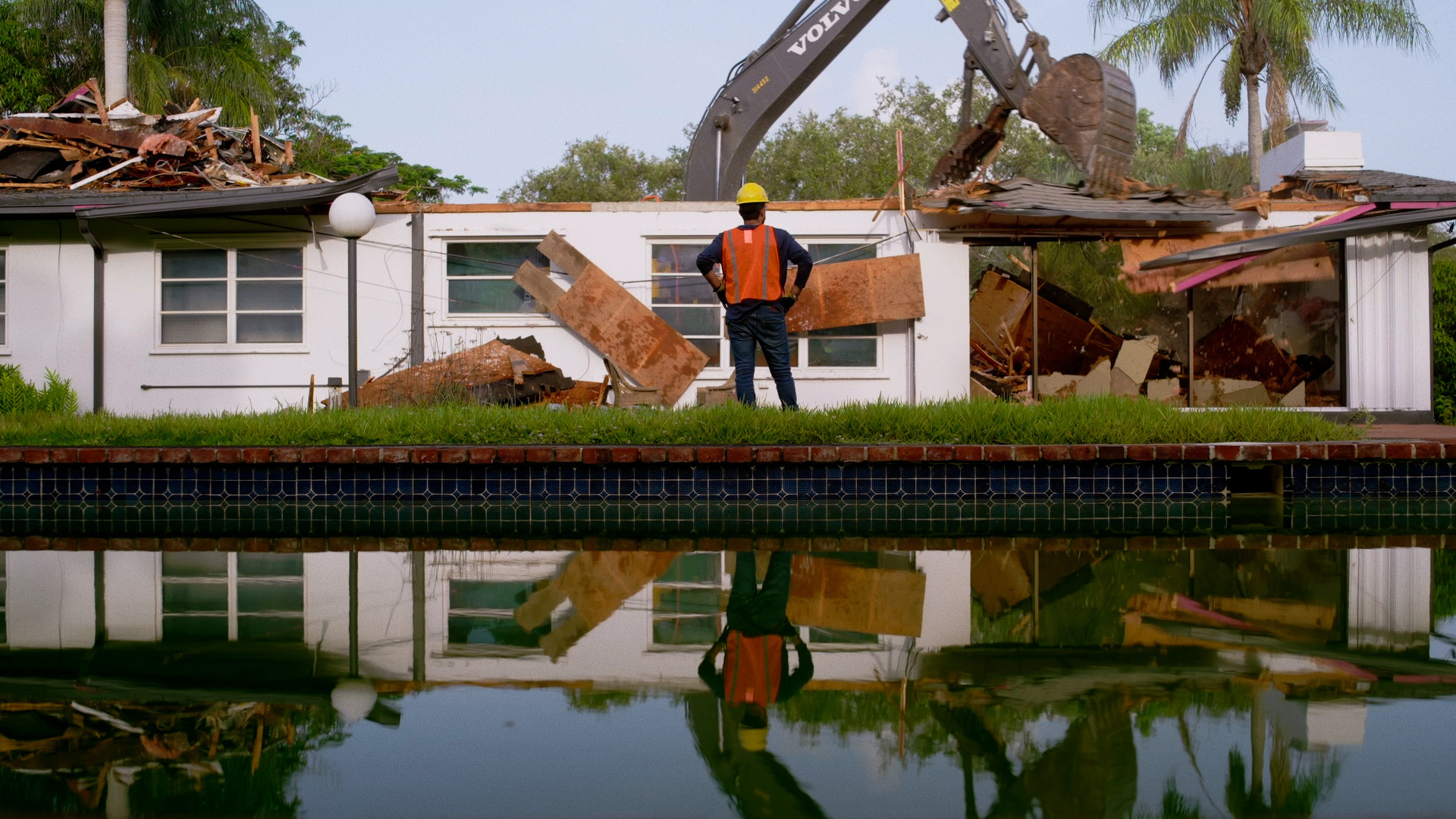
CM: You also have some fun, lively scenes – a parade, a party, dancing, a standup comedy set. When there’s so much fun on the screen, is it extra stressful behind the scenes or can you find the fun in filming those?
MS: The thing that made everything not fun was the heat. We decided to shoot in July and August in Miami [laughs]. I don’t know why that’s what happened, I’ll never make that mistake again. But Robert and I learned from doing various below-the-line jobs on different sets that we didn’t want to replicate the kind of tense, nasty on-set environments that we had witnessed or experienced. We just wanted to make sure that even if everything was falling apart, we kept it between the two of us. We would take that hit for the team. We tried to make it as un-stressful and fluid and mindful of peoples’ capacity and limitations as possible.
CM: The color palette of the film is so vibrant and saturated and beautiful. What were your visual inspirations going in?
MS: First of all, just Miami itself. There are a few immigrant enclaves in Miami that are that beautiful and vibrant and that was something I definitely wanted to make sure I was capturing. There’s a lot of symbolism in the fact that the house [Xavier] is looking at is white; that’s the direction Miami is going. We’re losing that color. Some of the films I remember watching that struck me [as inspiration] were Mother of George and Andrew Dosunmu’s work. He was someone myself and the art department were watching. We used color to keep things joyful even as we were experiencing Xavier’s more somber interiority.
CM: You talked about the film as being a community production. What has the reaction been within the community? Have you been able to screen it there yet?
MS: We screened it at the Miami Film Festival. They put us in this super big concert hall, I believe we had about 800 people there. So far, the community response has been wonderful. People really feel as though this film gives them a voice as to the sort of grief we’ve all been experiencing about whether or not there’s a future for us in this city. Our plan in the future is to make sure that we get it directly to the Little Haiti community, whether it’s through church screenings or outdoor block parties. There’s still a separation between the cinema and the neighborhood, I think. Our goal is to get it outside the theater space and bring it to the people we wanted to reflect on-screen.
CM: What’s going to be next for you?
MS: I’m continuing to work with Robert and we are tinkering with a few ideas. First things first, we are going to be co-producing Juan Luis Matos’s first feature film, Three Islands, which will be at The Gotham Project Market. And we’re working on more films about Miami that archive the space and reference the changing tides here. So, you can expect more Miami films to come.
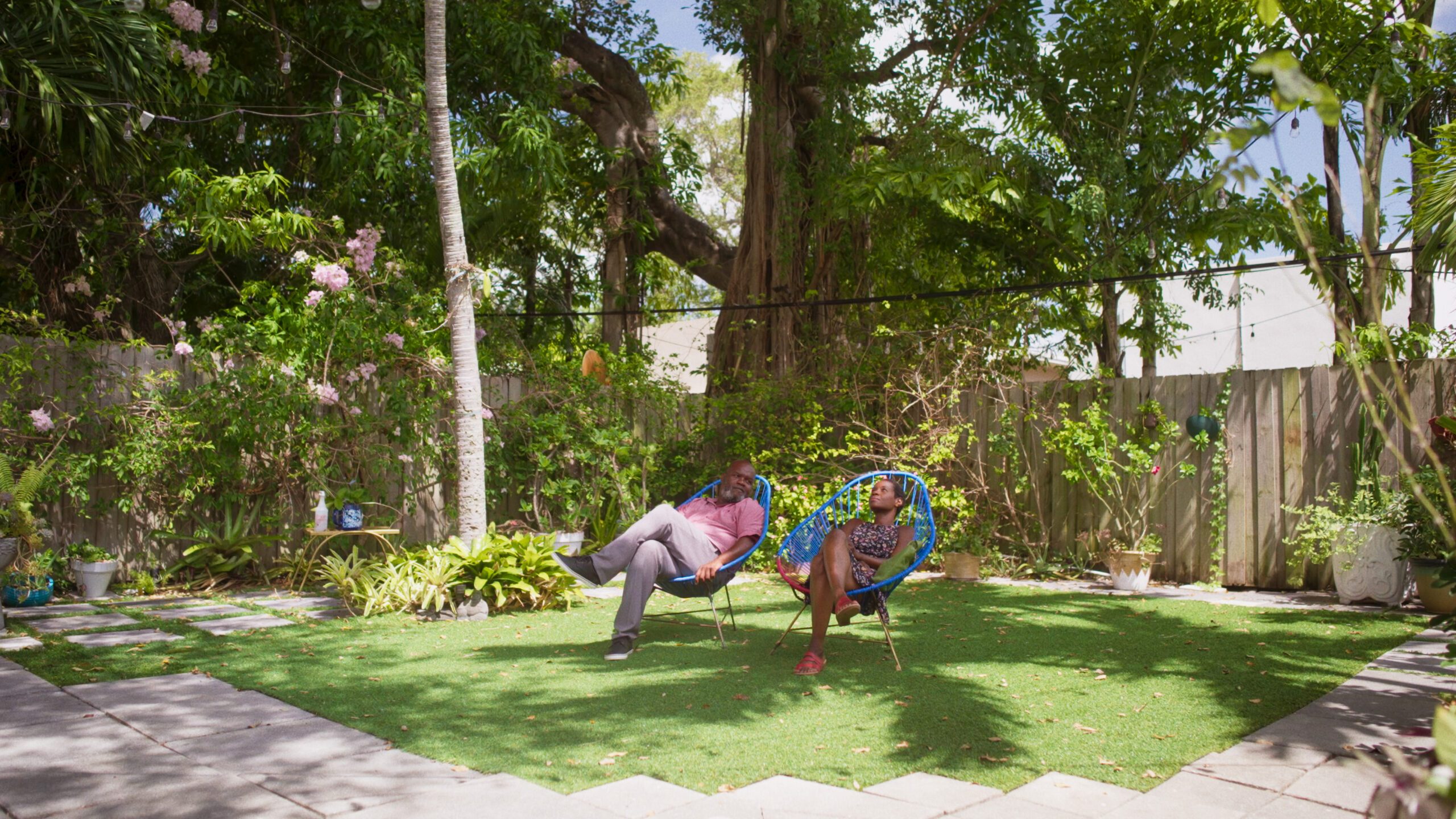
__
Thanks to Monica for chatting with us about MOUNTAINS. Learn more about the film at mountainsfilm.com.
This interview has been edited for clarity.
If you’re an independent filmmaker or know of an independent film-related topic we should write about, email blogadmin@sagindie.org for consideration.

